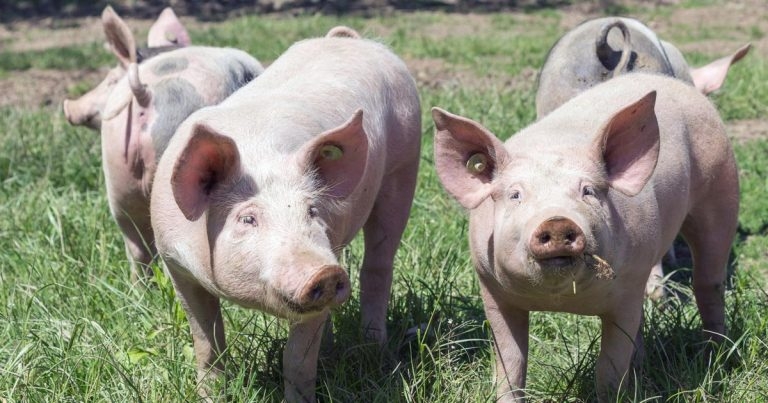9 Nov 2021
New figures released by the VMD show another drop in the use of antibiotics in food-producing animals, with the UK reducing its use by 52% in six years.

Image: Sonja Birkelbach/Fotolia.
The use of veterinary antibiotics has more than halved during the past six years, according to new findings that show the UK has one of the lowest levels of use in Europe.
Figures released by the VMD detail how last year saw another drop in the use of antibiotics in food-producing animals, with the UK having reduced its use by 52% in six years between 2014 and 2020.
Known as the UK-Veterinary Antibiotic Resistance and Sales Surveillance (VARSS), the report shows the second lowest-recorded amount of antibiotics sold for use in food-producing animals, at 30.1mg/kg – less than half the levels recorded in 2014.
The VMD has detailed how, according to internationally recognised indicators, the UK has achieved some of the lowest levels and biggest reductions in resistance in livestock across Europe. Notably, that Escherichia coli carrying resistance genes to highest-priority critically important antibiotics (HP-CIAs) continue to decrease.
This is the sixth consecutive year of declines, giving a total reduction of 79% since 2014.
Abigail Seager, chief executive of the VMD, said: “Working closely with the farming industry and the veterinary profession, we have achieved huge reductions in the use of antibiotics since 2014 and we are seeing reductions in resistance as well.
“These successes are testament to the cooperation between farmers and vets in promoting the responsible use of antibiotics.”
Christine Middlemiss, the UK’s CVO, said: “This year’s VARSS report shows how the UK continues to make important reductions in antibiotic use in livestock across the board.
“It is encouraging to see farmers and vets continuing to work together to tackle antibiotic resistance through the responsible use of antibiotics, which in turn protects human health, as well as reducing the burden of disease in animals.
“We are committed to protecting animal health, and we will continue to work closely with industry and the veterinary profession on this important issue.”